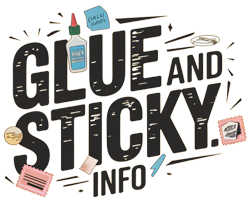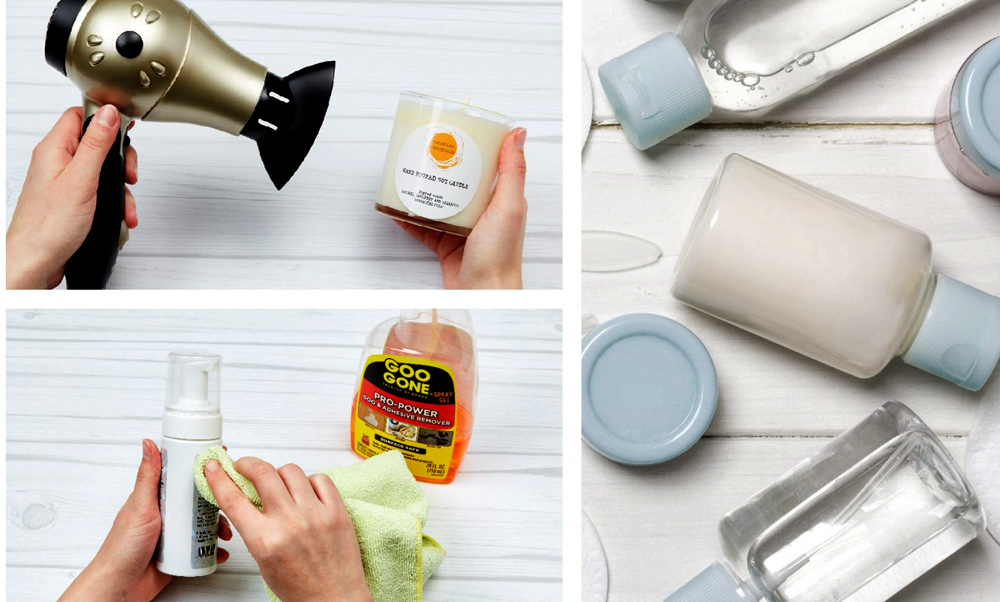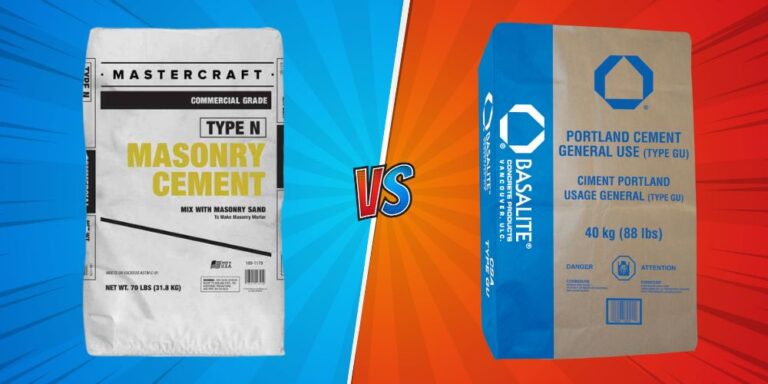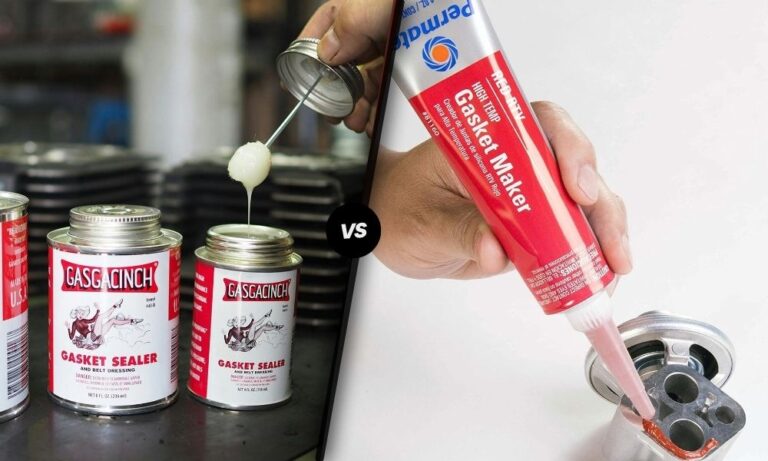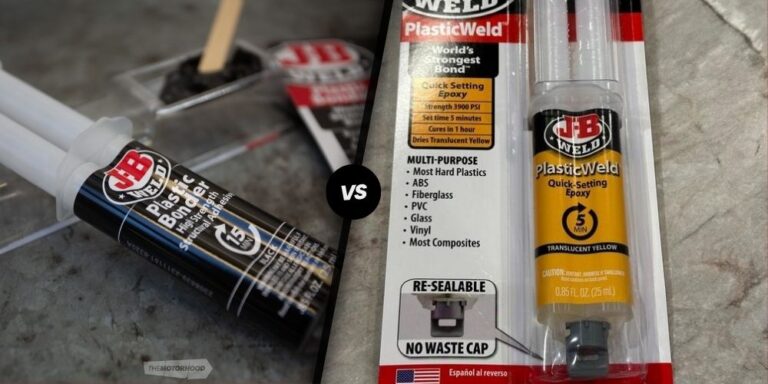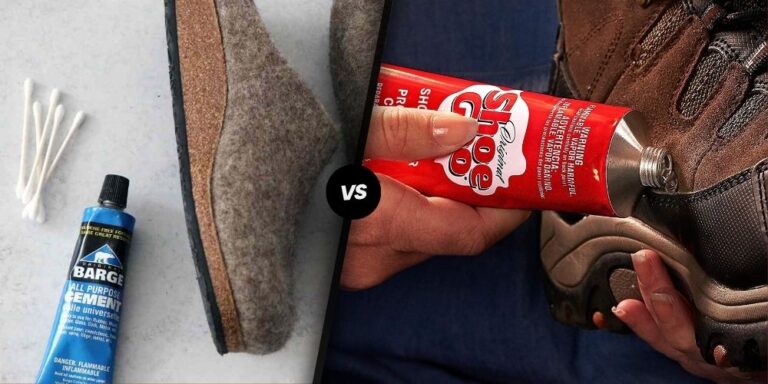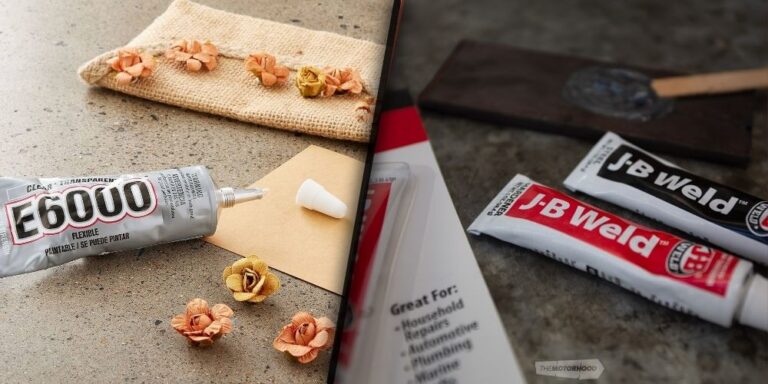How to Get Adhesive Off Plastic: Expert Guide
Removing adhesive from plastic can be tricky but manageable with the right methods. Stickers, tapes, and labels often leave behind residue that may seem hard to clean. However, this guide offers a step-by-step approach to effectively removing adhesive without damaging plastic surfaces.
Understanding Adhesive Types
Not all adhesives are the same. Understanding the type of adhesive can help you choose the right removal method. Below is a breakdown of common adhesive types:
| Adhesive Type | Characteristics | Recommended Removal |
|---|---|---|
| Water-Based Adhesive | Dissolves easily with water | Use warm, soapy water |
| Solvent-Based Adhesive | Resistant to water, requires solvents | Use rubbing alcohol or acetone |
| Hot-Melt Adhesive | Hardened by cooling, softens with heat | Use heat from a hairdryer or hot water |
Preparation Steps Before Adhesive Removal
Before starting the removal process, it’s crucial to prepare:
- Test in a Hidden Area
Always test your chosen method on a small, inconspicuous section of the plastic to ensure it doesn’t cause discoloration or damage. - Gather Tools and Materials
Depending on the adhesive and surface, you might need the following:- Warm water and dish soap
- White vinegar
- Rubbing alcohol or acetone-based nail polish remover
- Cooking oil (e.g., olive oil)
- Baking soda
- Hairdryer
- Plastic scraper or soft cloth
Method 1: Soapy Water Soak
This method is suitable for most water-based adhesives.
Materials Needed:
- Warm water
- Dish soap
- Soft cloth
Steps:
- Fill a basin with warm water and add a few drops of dish soap.
- Submerge the plastic item in the water for at least 30 minutes.
- Gently rub the residue using a soft cloth until it comes off.
- Rinse the surface and dry it thoroughly.
Tip: For large plastic items that can’t be submerged, soak a cloth in soapy water and place it over the adhesive for a similar effect.
Method 2: White Vinegar Application
White vinegar is a natural cleaning solution with mild acidity that helps dissolve adhesives.
Materials Needed:
- White vinegar
- Paper towel or cloth
Steps:
- Soak a cloth or paper towel in white vinegar.
- Apply it to the adhesive residue and let it sit for 15-30 minutes.
- Wipe or rub the area gently to remove the adhesive.
- Clean the area with a damp cloth and dry thoroughly.
Effectiveness: Vinegar is great for removing labels and stickers but may require multiple applications for thick adhesive layers.
Method 3: Rubbing Alcohol or Nail Polish Remover
This method works well for solvent-based adhesives.
Materials Needed:
- Rubbing alcohol or acetone
- Cotton balls or a soft cloth
Steps:
- Apply a small amount of rubbing alcohol or nail polish remover to a cotton ball.
- Rub the adhesive area gently.
- Continue until the adhesive dissolves.
- Rinse the area with soapy water to remove any solvent residue.
Caution: Test on a small area to avoid discoloration, as some plastics may react to strong solvents.
Method 4: Oil and Baking Soda
Oils can weaken adhesive bonds, making it easier to remove.
Materials Needed:
- Cooking oil (olive, coconut, etc.)
- Baking soda (optional)
- Soft cloth
Steps:
- Apply a small amount of oil to the adhesive.
- Let it sit for 5-10 minutes.
- For extra abrasive action, create a paste by mixing oil and baking soda.
- Rub the area with a cloth until the adhesive comes off.
- Clean with soapy water to remove the oil residue.
Pro Tip: This method is gentle and ideal for delicate plastic items.
Method 5: Heat Application
Heat softens adhesive, making it easier to scrape off.
Materials Needed:
- Hairdryer
- Plastic scraper
Steps:
- Set a hairdryer to medium heat and hold it a few inches away from the adhesive.
- Apply heat for 30-60 seconds.
- Use a plastic scraper or old credit card to gently lift the softened adhesive.
- Wipe clean with a damp cloth.
Caution: Avoid overheating, which can warp or melt the plastic.
Method 6: Commercial Adhesive Removers
Commercial adhesive removers like Goo Gone are designed to dissolve tough residues quickly.
Materials Needed:
- Commercial adhesive remover
- Soft cloth
Steps:
- Apply the remover to a cloth.
- Rub the adhesive area until the residue dissolves.
- Clean the surface with soapy water to remove any leftover product.
Caution: Always follow the manufacturer’s instructions and test the product on a hidden area.
Comparison of Adhesive Removal Methods
| Method | Best for Adhesive Type | Ease of Use | Potential Risk to Plastic |
|---|---|---|---|
| Soapy Water | Water-based | Easy | Very low risk |
| White Vinegar | Water-based | Moderate | Low risk |
| Rubbing Alcohol | Solvent-based | Moderate | May cause discoloration on sensitive plastics |
| Oil and Baking Soda | Mild adhesive | Easy | Low risk |
| Heat Application | Hot-melt | Moderate | Risk of warping if overheated |
| Commercial Remover | Tough adhesive | Easy | Varies based on product formula |
Additional Tips for Success
- Avoid Abrasive Tools: Metal scrapers and abrasive pads can scratch plastic surfaces.
- Use Gentle Pressure: Apply light pressure to avoid damaging the surface.
- Clean Residues Thoroughly: After adhesive removal, wash the area with soapy water to remove any residual cleaning products.
- Patience is Key: Some adhesives may require multiple treatments before complete removal.
Common Plastic Types and Sensitivity Levels
Different plastics react differently to solvents and cleaning agents. Here’s a quick overview of common plastic types:
| Plastic Type | Sensitivity | Recommended Removal Methods |
|---|---|---|
| Polyethylene (PE) | High sensitivity to heat | Soapy water, oil |
| Polycarbonate (PC) | Prone to solvent damage | White vinegar, soapy water |
| Acrylic (PMMA) | Can scratch easily | Soapy water, heat application |
| Polypropylene (PP) | Moderate resistance | Oil, baking soda |
| ABS (Acrylonitrile) | Strong but solvent-sensitive | Test solvents on a small area |
Conclusion
Removing adhesive from plastic is a straightforward process with the right materials and techniques. Whether you prefer natural methods like vinegar and oil or need stronger solvents, always prioritize safety by testing methods on a small area. By following this guide, you can restore your plastic items to a clean, adhesive-free state without damage.
